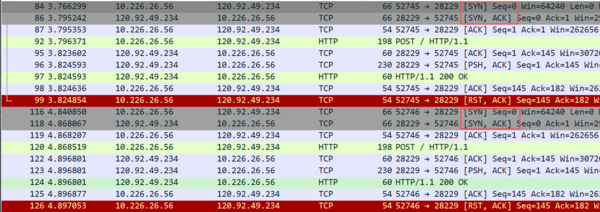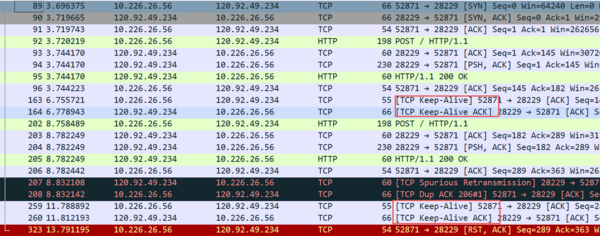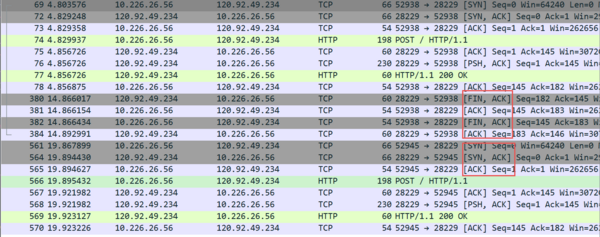| 第2行: | 第2行: | ||
= Implementations = | = Implementations = | ||
== HTTP 1.0 == | |||
Under HTTP 1.0, connections should always be closed by the server after sending the response. | |||
Since at least late 1995, developers of popular products (browsers, web servers, etc.) using HTTP/1.0, started to add an unofficial extension (to the protocol) named "keep-alive" in order to allow the reuse of a connection for multiple requests/responses. | |||
If the client supports keep-alive, it adds an additional header to the request: | |||
<syntaxhighlight lang="HTTP"> | |||
Connection: keep-alive | |||
</syntaxhighlight> | |||
== HTTP 1.1 == | == HTTP 1.1 == | ||
2023年12月7日 (四) 11:33的版本
HTTP persistent connection, also called HTTP keep-alive, or HTTP connection reuse, is the idea of using a single TCP connection to send and receive multiple HTTP requests/responses, as opposed to opening a new connection for every single request/response pair. The newer HTTP/2 protocol uses the same idea and takes it further to allow multiple concurrent requests/responses to be multiplexed over a single connection.
Implementations
HTTP 1.0
Under HTTP 1.0, connections should always be closed by the server after sending the response.
Since at least late 1995, developers of popular products (browsers, web servers, etc.) using HTTP/1.0, started to add an unofficial extension (to the protocol) named "keep-alive" in order to allow the reuse of a connection for multiple requests/responses.
If the client supports keep-alive, it adds an additional header to the request:
Connection: keep-alive
HTTP 1.1
HTTP1.0 通过在请求头中添加Connection: keep-alive启用长连接(非官方做法),而HTTP 1.1默认使用Keep-Alive机制(也叫持久化连接),可以使得多个HTTP请求共用一个底层的TCP连接。 正常情况下,客户端发送单个HTTP请求后,会发送RST报文主动断开连接:
如果不启用Keep-Alive或者因某种原因没有生效(比如Go语言中没有读取完Body内容时,该连接无法复用),发送多个HTTP请求时会导致多次握手建立连接:
而启用Keep-Alive后,发送多次HTTP请求无需重新握手:
当客户端Keep-Alive超时时间小于服务器超时时间时,会发送Keep-Alive报文(ACK):
当服务器Keep-Alive超时时间小于客户端超时时间时,则会主动发送FIN断开连接。再次发送数据时,需要重新握手建立连接:




